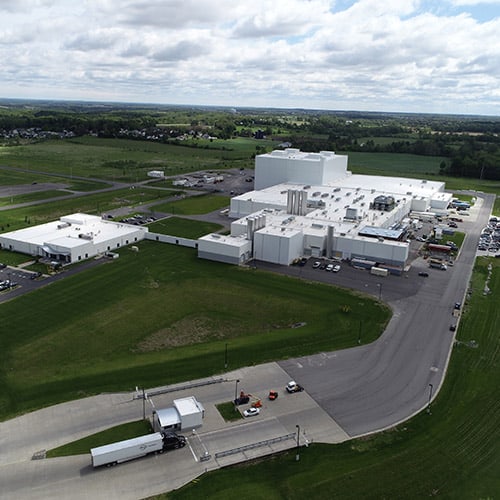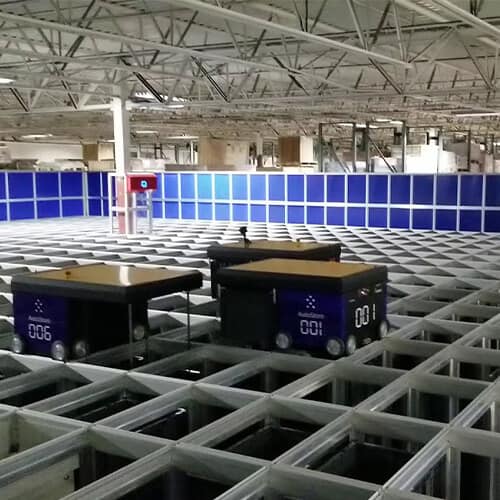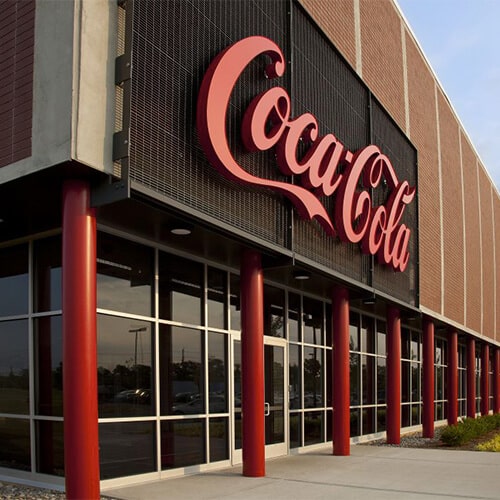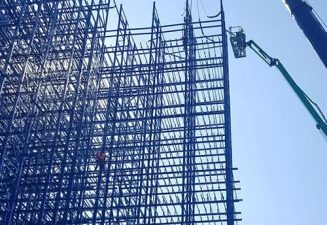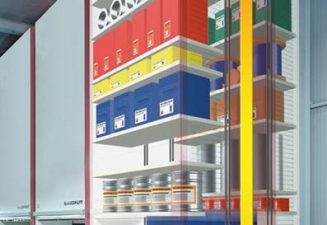O’Neal designs advanced facilities projects from the inside-out, planning how the operation functions internally then designing and building the facility around it, effectively integrating the facility and operating system as one. This process starts from the data analysis to vendor selection all the way through facility construction and go-live support.
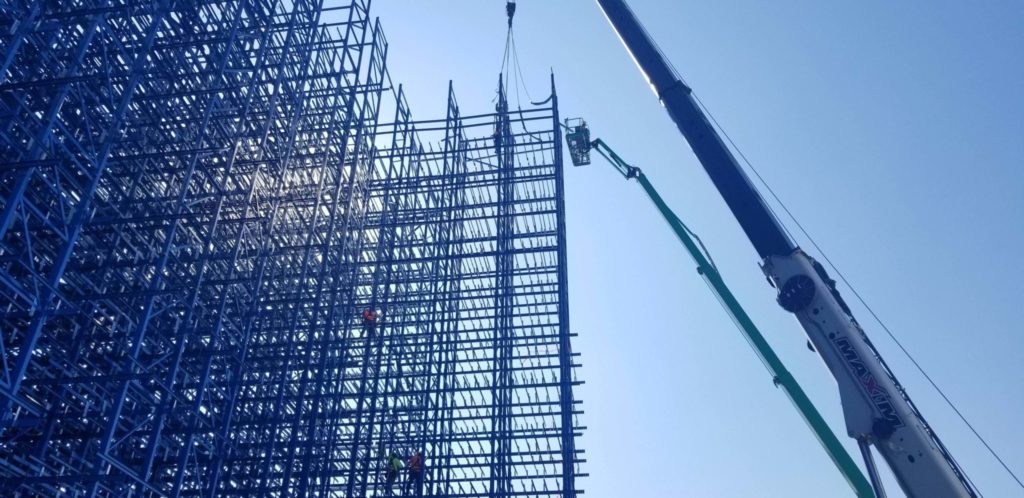
O’Neal designs advanced facilities projects from the inside-out, planning how the operation functions internally then designing and building the facility around it, effectively integrating the facility and operating system as one. This process starts from the data analysis to vendor selection all the way through facility construction and go-live support.
Focus Areas:
- Automotive
- Apparel + Fashion
- Beverage (beer, wines, spirits + soft drinks)
- Cold Storage
- Food + Grocery
- Publishing
- Personal Care
Services:
- Automation + technology assessments
- AutoCAD + 3D layouts
- Supply chain planning
- Facility planning
- Design + construction
- Automation start-up + testing
special capabilities:
- Planning, design, construction + implementation of distribution + manufacturing centers
- Broad experience designing, constructing + starting up automation projects with a wide variety of technologies including:
– AGVs
– Unit load AS/RS
– Mini-load
– Shuttle systems
– Pick modules
– Conveyor systems
– Robotic palletizing depalletizing systems
– Gantry pick system
Focus Areas:
- Automotive
- Apparel + Fashion
- Cold Storage
- Beverage (beer, wines, spirits + soft drinks)
- Food + Grocery
- Publishing
- Personal Care
Services:
- Automation + technology assessments
- AutoCAD + 3D layouts
- Supply chain planning
- Facility planning
- Design + construction
- Automation start-up + testing
Special Capabilities:
- Planning, design, construction + implementation of distribution + manufacturing centers
- Broad experience designing, constructing + starting up automation projects with a wide variety of technologies including:
- AGVs
- Unit load AS/RS
- Mini-load
- Shuttle systems
- Pick modules
- Conveyor systems
- Robotic palletizing depalletizing systems
- Gantry pick system
